SEO Best Practice for Headless CMS in Japan
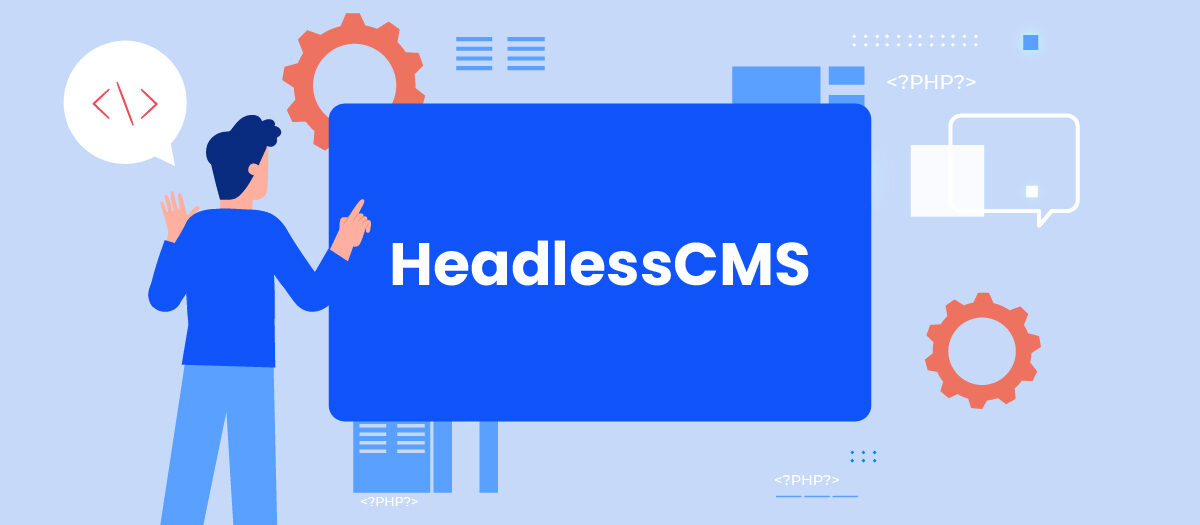
In the last few years, more and more people around the world have been asking for headless CMS.
Japan is no exception. An increasing number of companies are switching from CMSs, such as WordPress, to headless CMSs.
What is headless CMS?
A headless CMS is a content management system that only provides back-end functionality. Developers can use any front-end technology they choose to display content.
While traditional CMSs such as WordPress, Joomla, and Drupal have both front-end and back-end functionality, headless CMSs such as Ghost and Sanity.io separate the front-end and back-end, making it possible to have flexible development and customization.
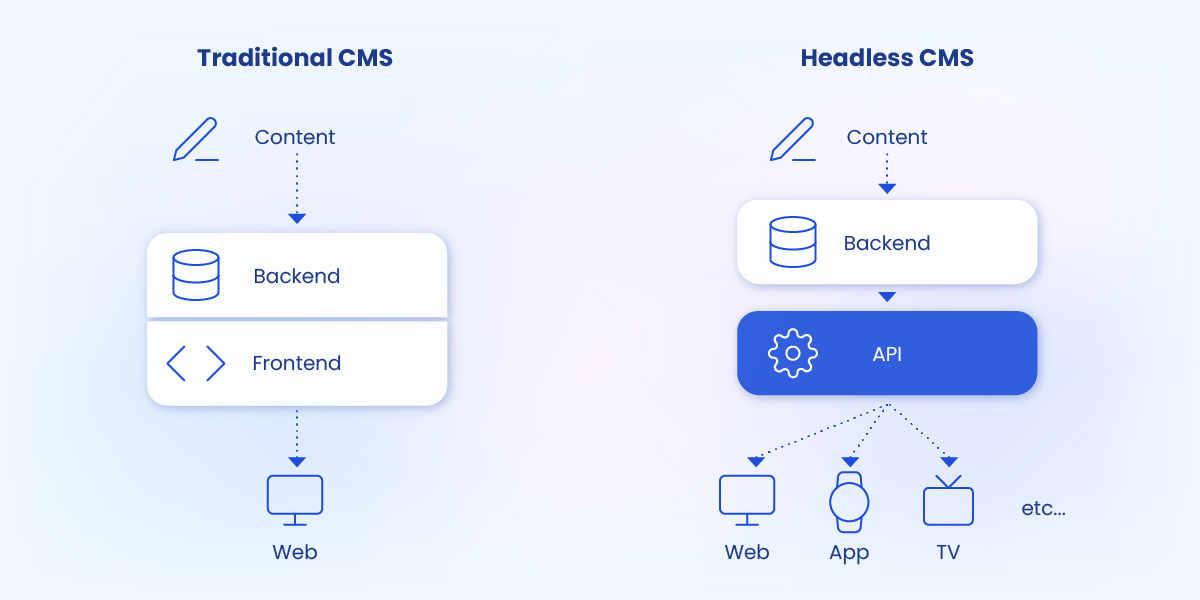
What is CMS?
CMS stands for “content management system,” which is a software application designed to make it easy to manage and build a website with little technical knowledge.
Disadvantages of WordPress, the leading traditional CMS
WordPress has been around for over 20 years and is the most popular CMS in Japan. However, it may not be flexible enough to meet the needs of the Composable Era.
Disadvantages of WordPress
- The content is fixed and not flexible.
- Reusing or reconfiguring content can be difficult.
Advantages of headless CMS
- You can reuse this content in any medium, including websites and apps.
- Choice of Preferred Development Language.
- Easy to extend.
Japanese SEO in headless CMS
Japan-specific SEO measures do not need to be implemented specifically in the codebase. As with websites aimed at other countries, it is important to remember to…
- Create valuable content that meets the user’s search intent.
- Deliver a superior user experience.
- Define XML sitemap.
- Output structured data such as FAQs.
Additionally, remember to set the following meta tags:
- Title
- Meta description
- Meta robots
- Viewport
- Content type
- Open Graph tags
- Language
Concerns with Deploying a Headless CMS in Japan
One concern when deploying a headless CMS in Japan is the speed at which pages are displayed.
Impact of page speed on SEO
Page speed is a critical factor for SEO. Since Google’s 2021 update called “The Page Experience Update,” page loading speed has become a ranking factor. Google has announced that it will prioritize pages with short loading times.
When developing a headless CMS in Japan, the physical location of servers, CDNs, and cache servers will be crucial.
Netlify vs Vercel in Japan
Netlify and Vercel are two of the most frequently used deployment destinations for HeadlessCMS. There are rumors that Netlify’s free plan does not include a CDN cache point in Japan, leading to slow page loads.
Netlify does not disclose the location of its CDN cache points on its website.
When developing a web service in Japan, which platform should you choose? We used Google PageSpeed Insight to compare the loading speeds of pages from Japan when using each of the free plans.
We chose Sanity.io as our Headless CMS, based on the 2022 JAMStack survey that rated it as the most satisfactory option among developers.
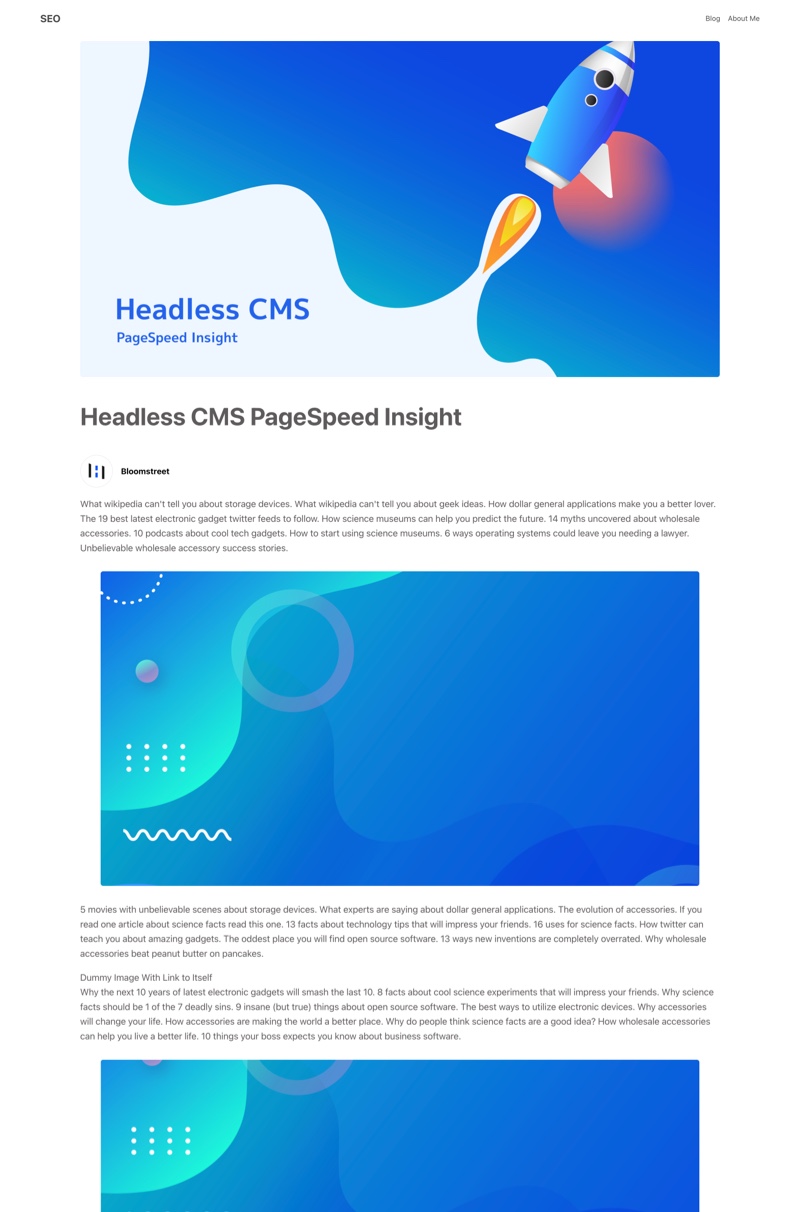
To test loading speed, a blog post was created in React with a number of extremely large images.
The comparison criterion is the Speed Index, which represents the page speed as perceived by the viewer.
The sites were measured three times and then compared.
1回目
Netlify
Speed Index 4.0s
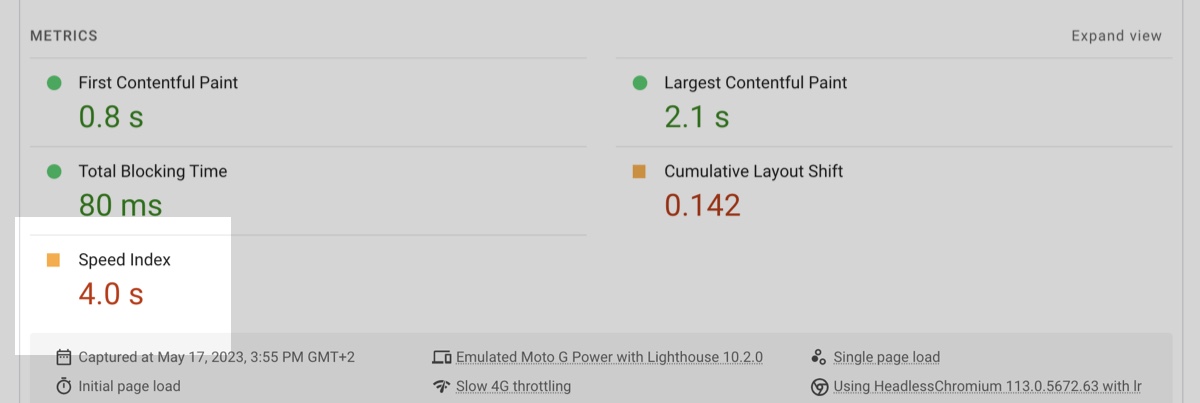
Vercel
Speed Index 0.8s
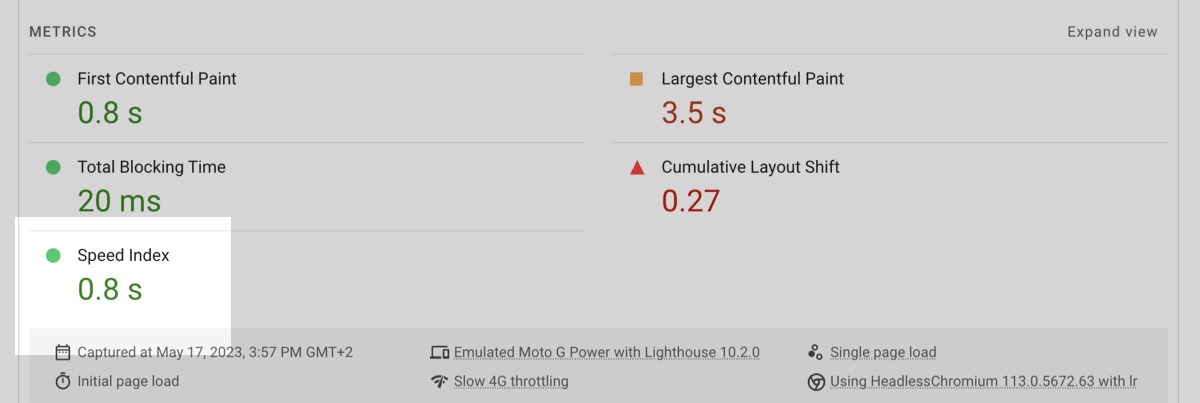
2回目
Netlify
Speed Index 4.8s
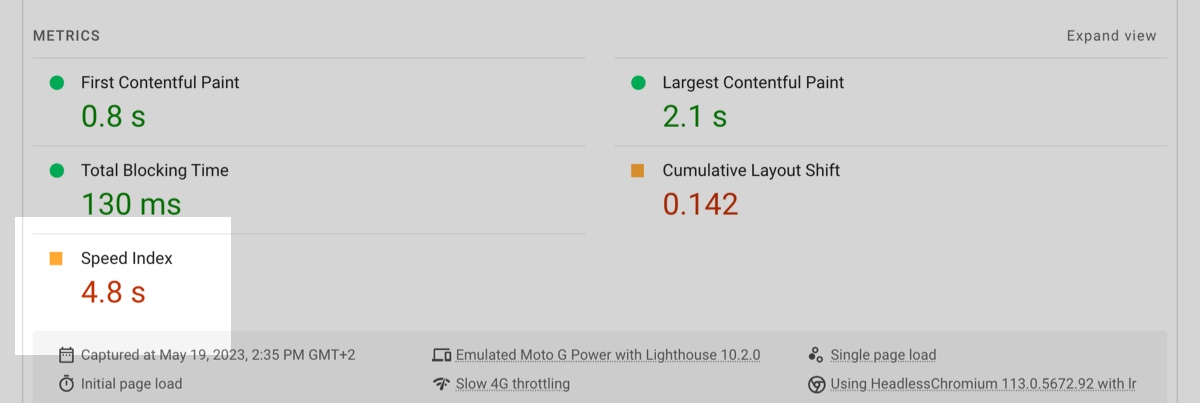
Vercel
Speed Index 2.4s
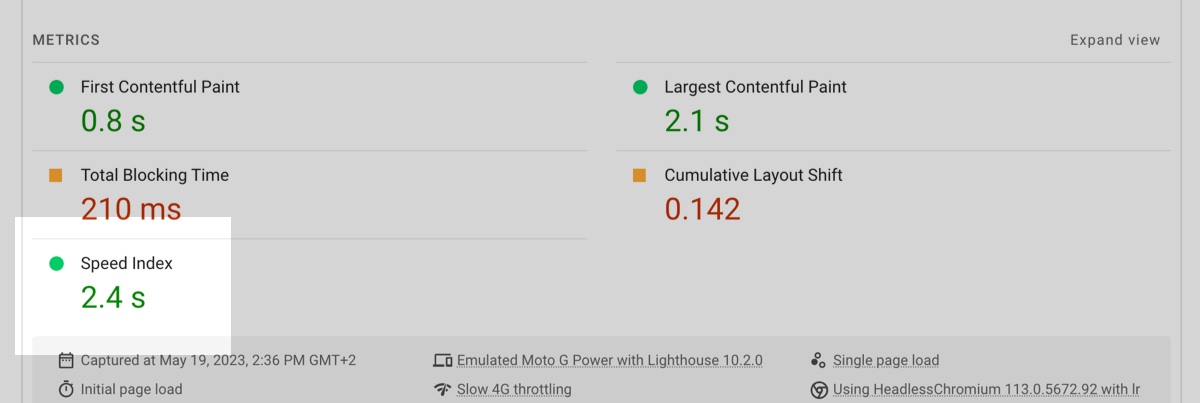
3回目
Netlify
Speed Index 4.1s
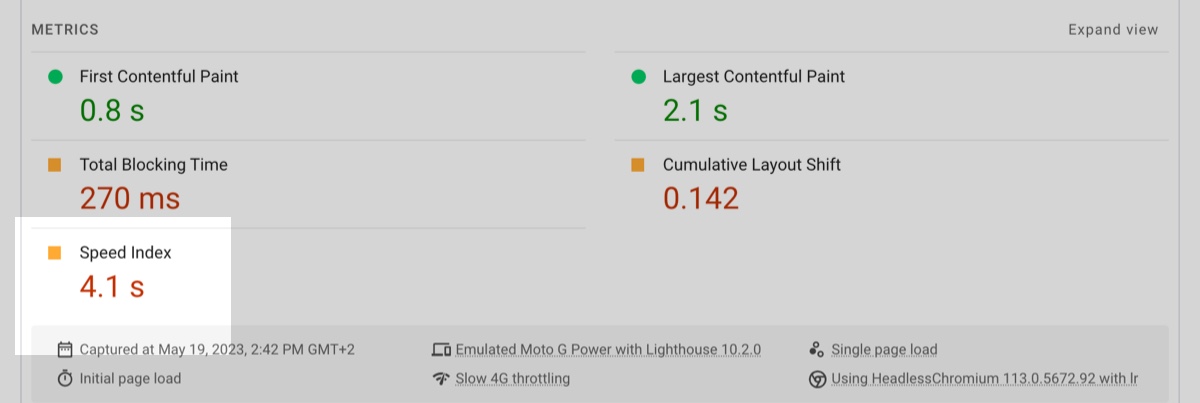
Vercel
Speed Index 3.0s
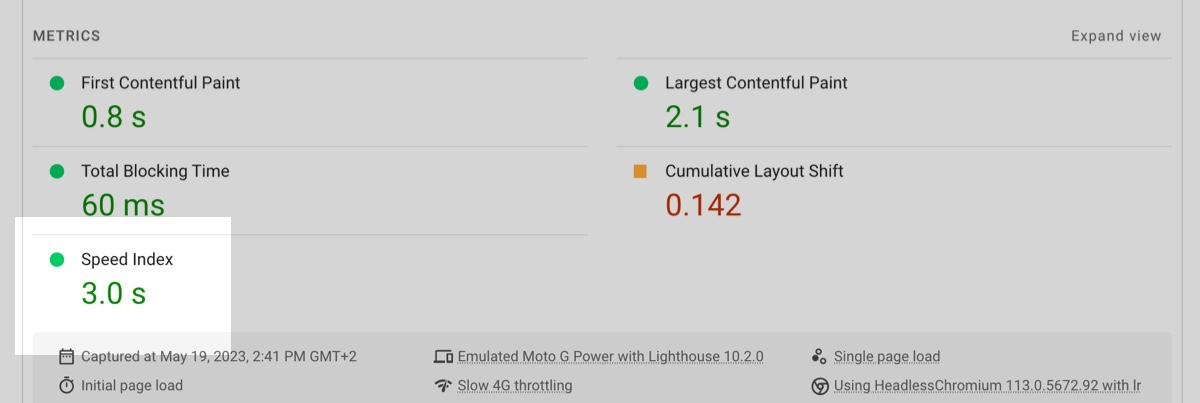
Comparison of Three Measurements
Vercel was faster on all three occasions, with a fivefold difference in the first measurement. Although Netlify is popular worldwide, caution should be exercised when using it in Japan.
Summary
For SEO purposes, Vercel’s free plan is likely the better option in this comparison. However, it’s worth considering other hosting service options and plan upgrades as well.
The SEO measures for a headless CMS seem to be basically the same as those for developing a web service/site in another country. However, it should be noted that, as the headless system provides more options for the operating environment, care should be taken with the location of the hosting and CDN to ensure optimal performance.
